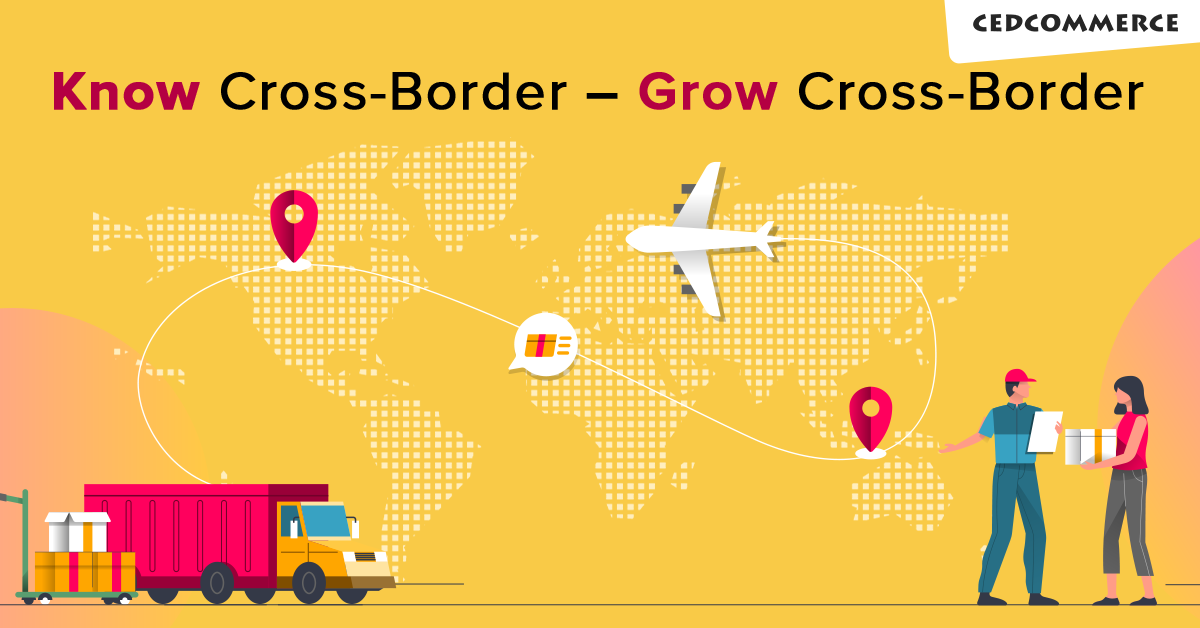Top Cross-Border E-commerce Trends You Need to Know

The rise of e-commerce has made it easier for businesses to reach a global audience. With the increasing demand for international shopping, cross-border e-commerce has become a significant player in the e-commerce landscape. In this article, we’ll explore the top cross-border e-commerce trends you need to know to stay ahead of the competition.
1. Rise of Mobile Shopping
With the increasing use of smartphones, mobile commerce has become a crucial aspect of cross-border e-commerce. According to a report by Hootsuite, the number of mobile users worldwide is expected to reach 6.6 billion by 2023. This trend is expected to continue, making mobile-friendly websites and applications a necessary requirement for businesses.
Increasing Online Shopping Habits
A survey by PayPal revealed that 75% of consumers prefer to shop online, and 80% of consumers shop online at least once a week. With the increasing online shopping habits of consumers, cross-border e-commerce is expected to grow exponentially. This trend is driven by the widespread use of the internet, social media, and mobile devices, making it easier for consumers to shop anywhere, anytime.
Global Diversification of Online Marketplaces
Online marketplaces like Amazon, eBay, and Alibaba have become extremely popular, offering a vast range of products from various countries. This trend is expected to continue, with more players entering the market. In addition, social media platforms like Facebook and Instagram are also becoming major players in cross-border e-commerce, offering consumers a wider range of products and services.
Rise of Influencer Marketing
Influencer marketing has become a significant aspect of cross-border e-commerce. According to a report by Tomoson, influencer marketing is expected to reach $15 billion by 2022. This trend is driven by the increasing popularity of social media, which has made it easier for influencers to promote products and services across borders.
Regional Payment Methods
Payment is a critical aspect of cross-border e-commerce. According to a report by PayPal, 75% of consumers prefer to use their usual payment methods, regardless of the country they are shopping in. This trend is driving the adoption of regional payment methods, such as Alipay, WeChat Pay, and PayPal, which offer consumers a seamless payment experience.
Supply Chain Optimization
Optimizing the supply chain is critical for cross-border e-commerce success. According to a report by McKinsey, companies that optimize their supply chain can reduce shipping times by up to 90%. This trend is driven by the increasing pressure to deliver fast and efficiently, while also reducing costs.
Fulfillment and Logistics
Fulfillment and logistics are critical components of cross-border e-commerce. According to a report by Statista, the global fulfillment and logistics market is expected to reach $1.6 trillion by 2023. This trend is driven by the increasing demand for fast and efficient delivery, as well as the need to reduce shipping costs.
Return and Refund Policies
Return and refund policies are critical for cross-border e-commerce success. According to a report by Statista, 50% of consumers have returned a product online, and 24% of consumers have had to deal with returns. This trend is driving the adoption of clear and transparent return and refund policies, which offer consumers a seamless experience.
Data Localization and Protection
Data localization and protection are critical for cross-border e-commerce success. According to a report by McKinsey, 60% of consumers are concerned about data privacy, and 70% of consumers are concerned about data security. This trend is driving the adoption of data localization and protection measures, which offer consumers peace of mind and protect their personal data.
Digital Payments

Digital payments are becoming increasingly popular, making it easier for consumers to shop online. According to a report by Statista, the global digital payments market is expected to reach $4.7 trillion by 2023. This trend is driven by the increasing adoption of digital wallets, cryptocurrencies, and mobile payments.
Sustainability in Cross-Border E-commerce
Sustainability is a critical aspect of cross-border e-commerce. According to a report by McKinsey, 70% of consumers are willing to pay more for sustainable products. This trend is driving the adoption of sustainable packaging, logistics, and supply chain practices, which offer consumers a more environmentally friendly experience.
Conclusion
Cross-border e-commerce is a rapidly growing industry, driven by the increasing demand for global shopping. To stay ahead of the competition, businesses need to be aware of the top trends in cross-border e-commerce. By understanding these trends, businesses can develop effective strategies for success, such as optimizing their supply chain, offering seamless payment options, and promoting sustainability.
Call to Action
Share this article with your network and let us know your thoughts on the top cross-border e-commerce trends. Share any additional trends or insights you think are important for businesses to know. Together, we can continue to shape the future of cross-border e-commerce.

